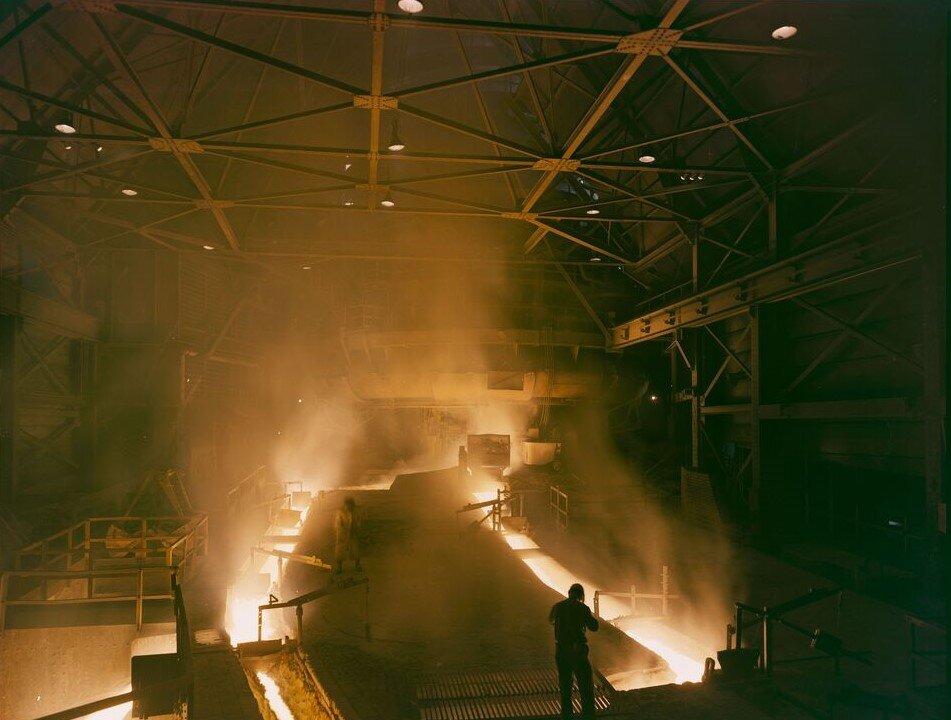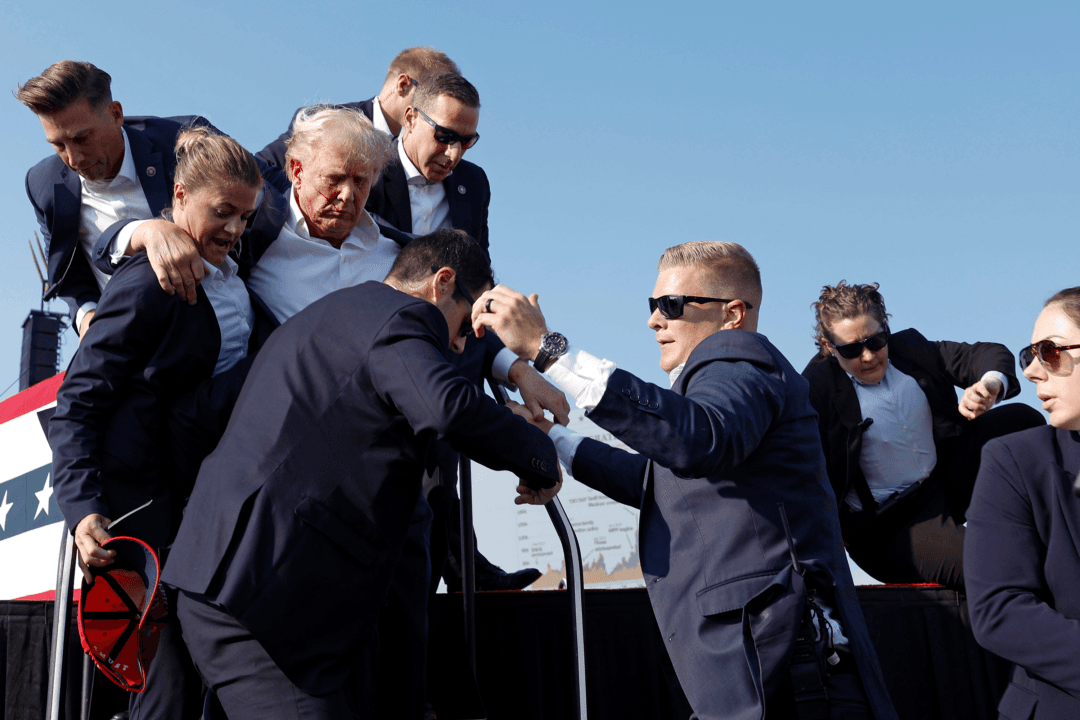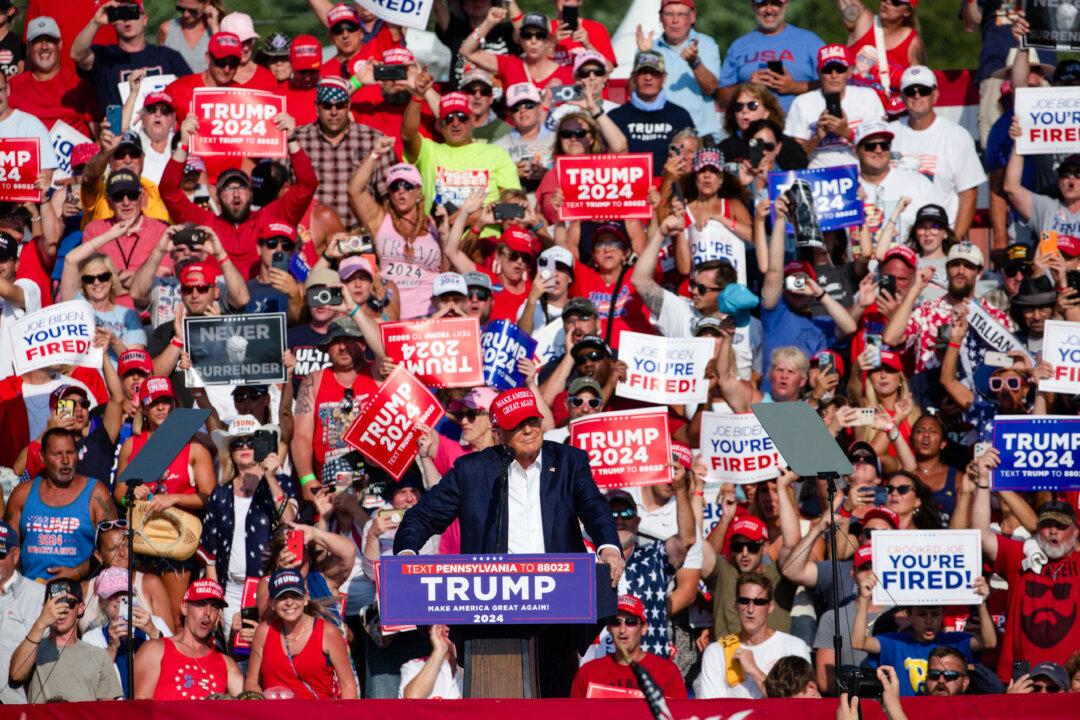The historic American company U.S. Steel helped to write the story of the United States as we know it today.
That may be why the recent announcement of the $14.9 billion acquisition of U.S. Steel by Japan-based Nippon Steel Corporation (NSC) was so shocking that it caused members of Congress to urge the Committee on Foreign Investment in the United States to review and block the acquisition.





